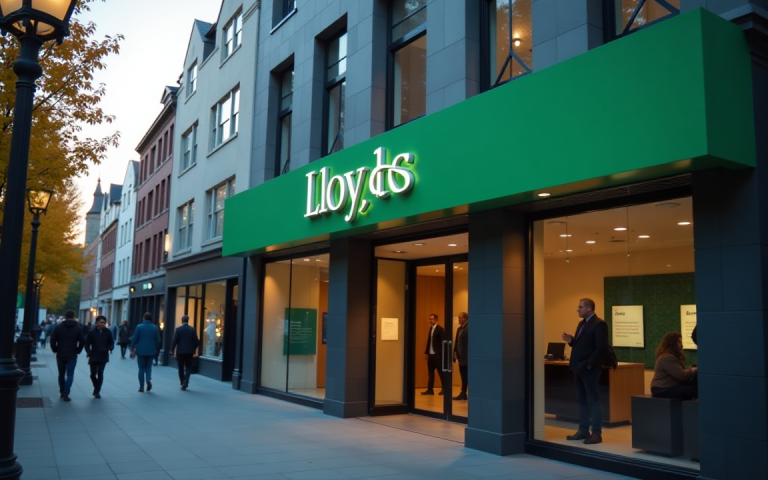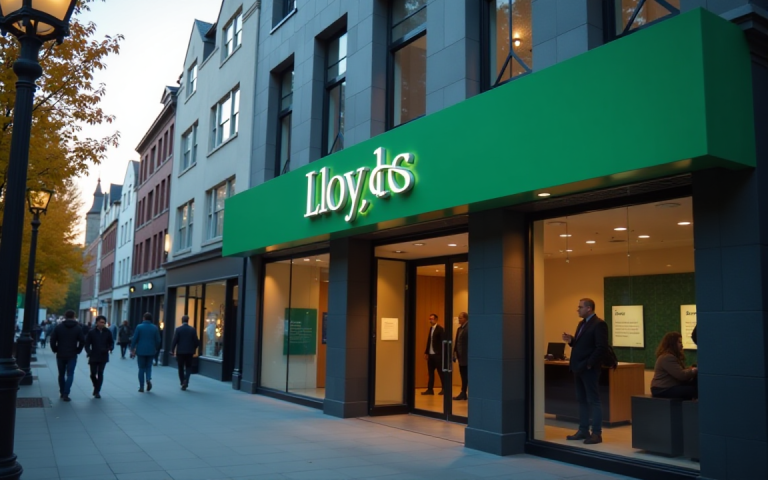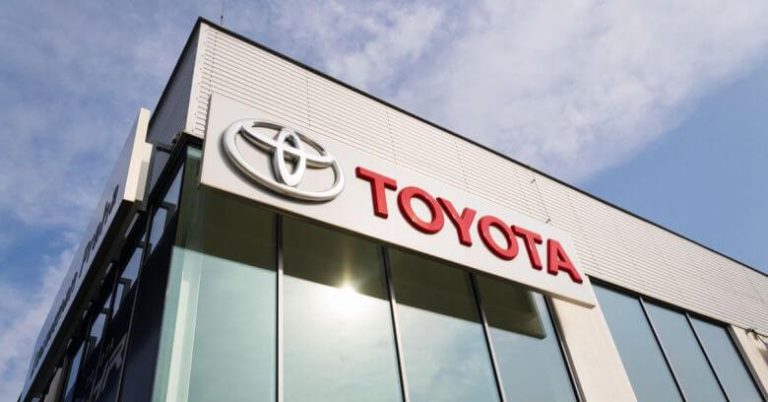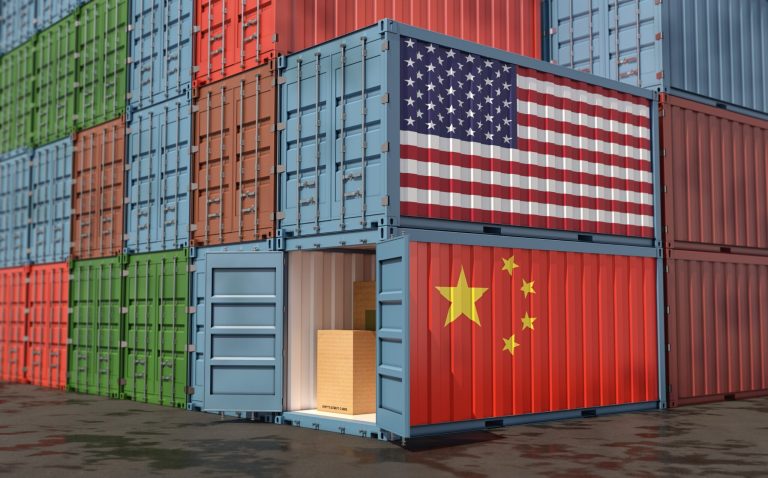The Rolls-Royce share price held steady on Thursday after the company published its financial results and reiterated its forward guidance. It was trading at 765p on Thursday, much higher than last month’s low of 557p. This article explores whether the Rolls Royce stock will keep rising and hit 1,000p this year.
Rolls Royce strong earnings
Rolls-Royce Holdings share price continued rising after the company published strong financial results and gave information about the impact of tariffs.
In a statement, the firm said it is well-positioned to manage the impact of tariffs through the mitigating efforts it is taking. The CEO said:
“Good progress on our transformation and the actions we are taking give us confidence in our guidance for 2025 of £2.7bn-£2.9bn of underlying operating profit and £2.7bn- £2.9bn of free cash flow.”
As a large industrial company with operations in the United States, the company is exposed to Trump’s tariffs in various ways. The most notable one is through the 25% tariffs that Trump implemented on steel and aluminium. It is also paying at least 10% tariff in other goods it ships to the US.
Rolls-Royce Holdings earnings came a day after Airbus published encouraging results in which it predicted that it will deliver 820 commercial aircraft this year. This is notable for Rolls-Royce since it produces all engines used in its wide-body planes.
Read more: Rolls-Royce share price is recovering: is it a safe investment today?
Business is doing well
The Rolls-Royce share price rose after the management maintained its target for the year. It expects to have an underlying profit of between £2.7 billion and £2.9 billion this year, with its free cash flow also falling within this range.
The management attributed this estimate to the actions it has taken in the past few years and the rising demand.
For example, the Long-Term Service Agreement (LTSA) large engine flying hours have jumped to 110% of the 2019 levels. This is a notable milestone since the company makes most of their money using the approach.
In it, airlines pay a fixed rate per engine flying hour to Rolls-Royce, which then handles comprehensive maintenance, repair, and overhaul services.
Airlines love the approach since it shifts their maintenance risk to Rolls-Royce, while RR benefits from regular payments. Some of the companies using this model are Saudia, Amazon Global Air, UPS, Avianca, Emirates, and Lufthansa.
Rolls-Royce share price also rose after the company said that it was progressing well in the certification process of its HPT blade for the Trent 1000 engine. This is notable since the Airbus A350-900 with the Trent XWB-84 EP engine variant was certified in April.
The other parts of Rolls-Royce’s business, like Power and Defence are doing well. For example, its power business is seeing strong demand from data center companies.
Rolls-Royce share price analysis
RR stock chart | Source: TradingView
The daily chart shows that the RR share price bottomed at 557.8p in April to a high of 776.6p. It has remained above all moving averages, a sign that bulls are in control for now.
The stock has also formed an inverse head-and-shoulders chart pattern whose neckline is the all-time high of 811p. Other oscillators like the Relative Strength Index (RSI) and the MACD indicators continued rising.
Therefore, the stock will likely continue rising this year. The next key level to watch will be the neckline at 811p. A move above that level will point to more gains, potentially to the key resistance level at 1,000p. A drop below the support at the 100-day moving average at 670p will invalidate the bullish view.
The post Will the Rolls-Royce share price hit 1,000p after its earnings? appeared first on Invezz










